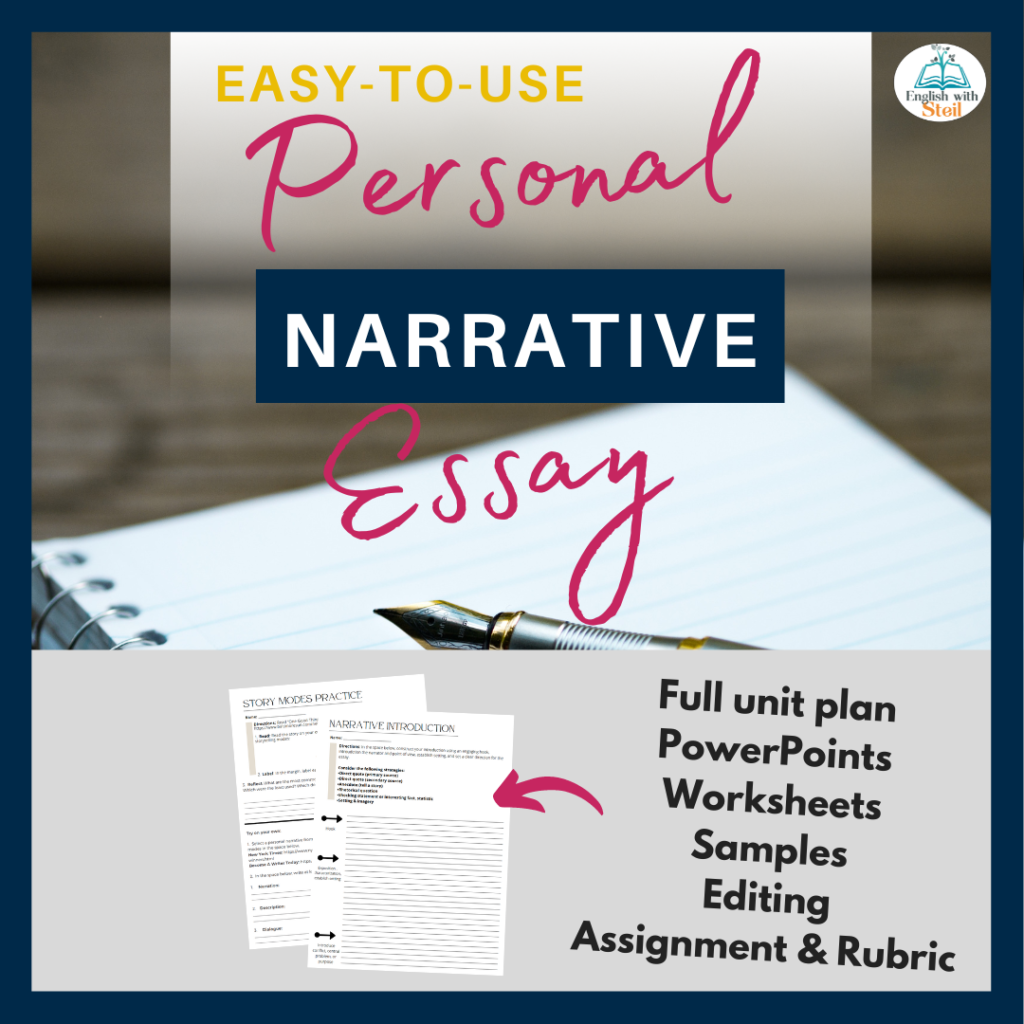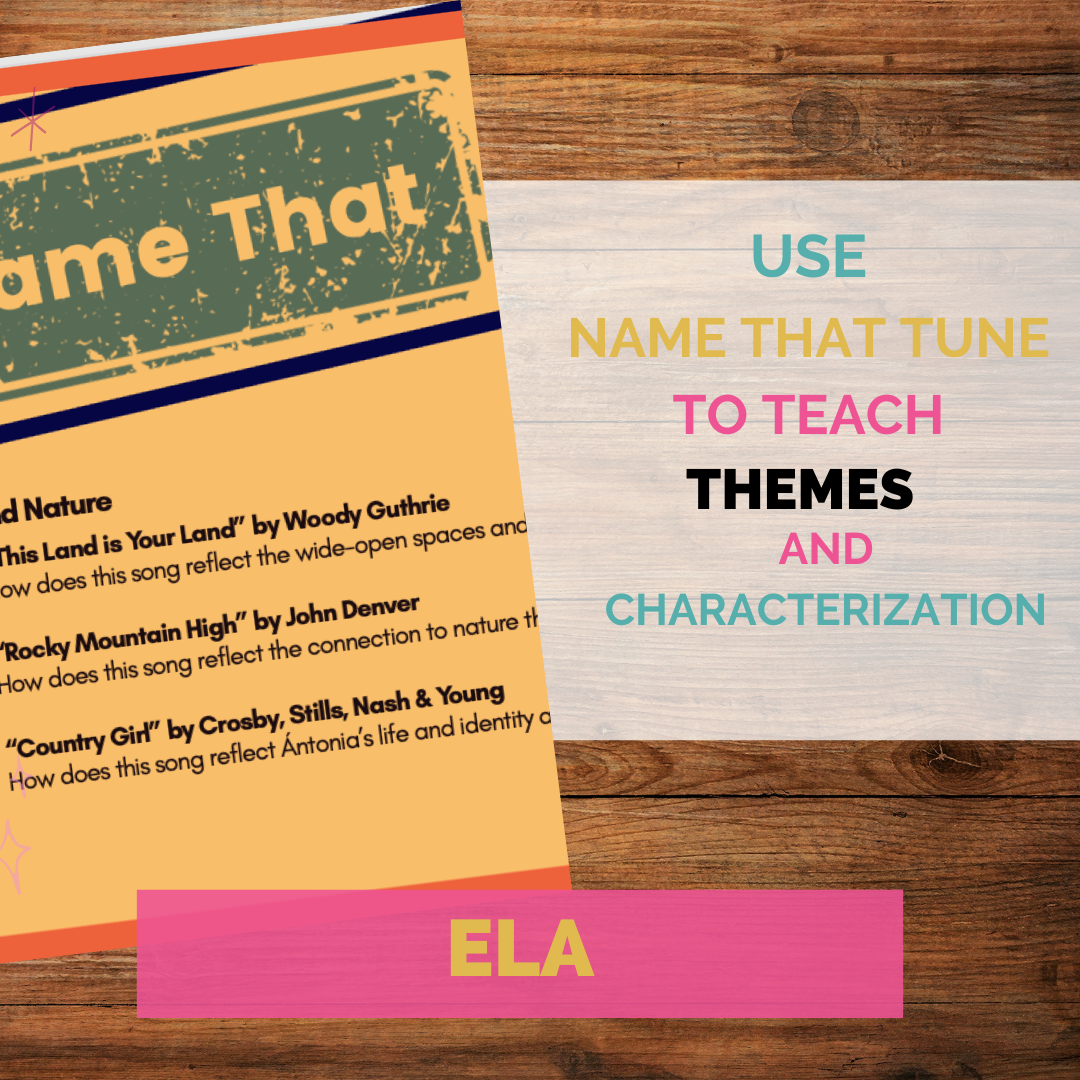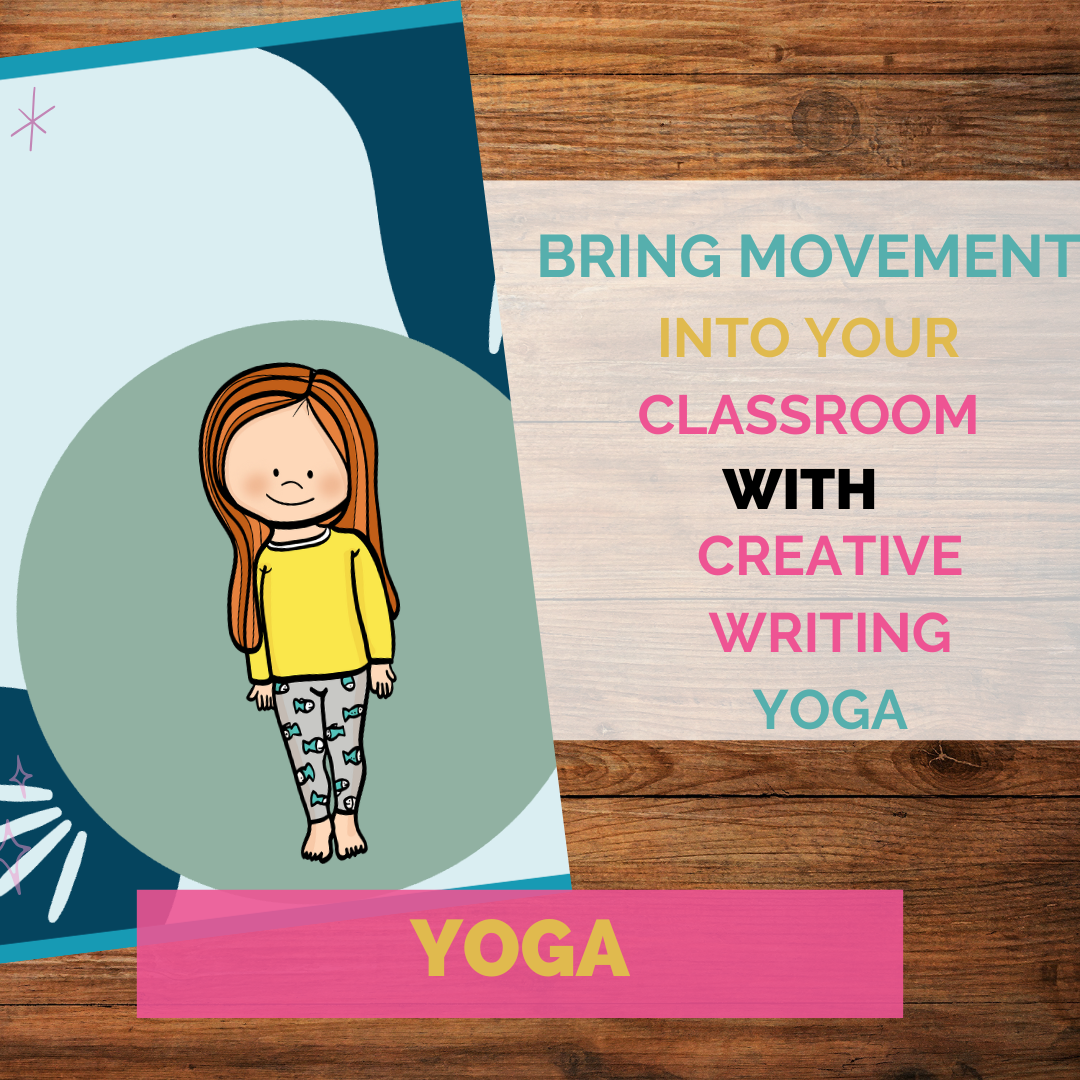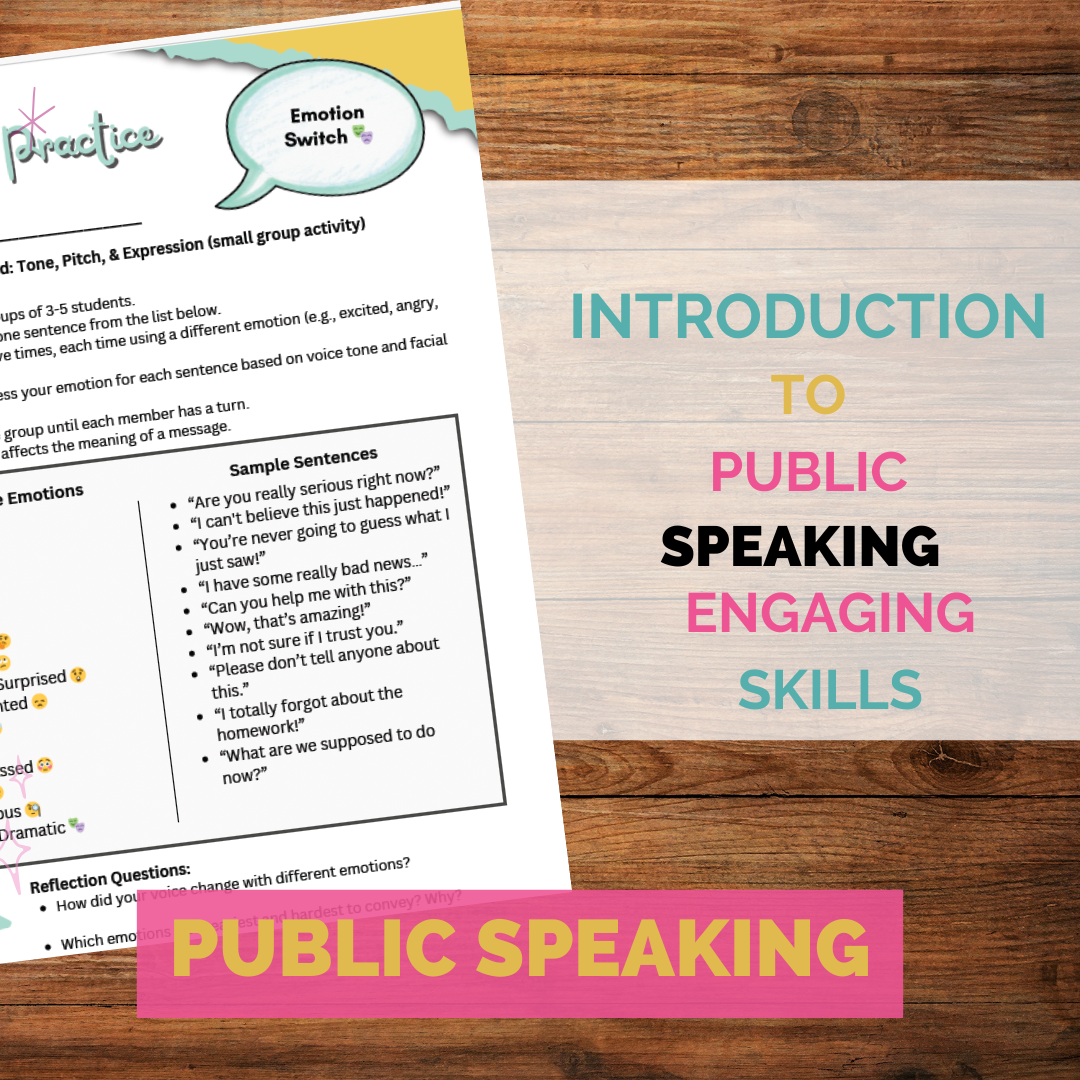Personal narratives are one of the most engaging forms of writing because they allow students to tell their own stories, express emotions, and develop their voice. However, for many students, crafting a compelling and meaningful personal narrative can be intimidating.
How do they decide which story to tell? How do they make their experiences resonate with an audience? How can educators guide them to show rather than tell, organize their ideas, and refine their storytelling?
This comprehensive guide will give you everything you need to help students write powerful personal narratives, including lesson ideas, writing strategies, and practical tips. Whether you’re looking to introduce personal narratives for the first time or improve your current approach, this post will help you ignite creativity, improve writing skills, and build confidence in storytelling.
What Is a Personal Narrative?
A personal narrative is a true story told from the writer’s perspective. It focuses on a specific moment, experience, or series of events that have impacted the writer in some way. Personal narratives are not just about recounting events—they’re about reflection, personal growth, and storytelling.
Why Teach Personal Narratives?
Personal narratives encourage self-expression, build confidence in writing, and improve storytelling skills. They also teach essential elements of creative writing, including character development, descriptive language, and narrative structure. Most importantly, they help students discover their voice and connect with their audience on an emotional level.
Steps and Tips for Writing a Great Personal Narrative
1. Find Your Story: Brainstorming and Selecting a Topic
One of the biggest struggles students face is deciding what to write about. Encourage them to think about defining moments in their lives, both big and small.
🔹 Guiding Questions to Spark Ideas:
- Was there a time when you overcame a challenge or fear?
- Have you ever had a moment where you stood up for something you believed in?
- What’s a lesson you learned the hard way?
- Have you ever experienced a moment of unexpected kindness?
- What’s a memory that makes you laugh every time you think about it?
🔹 Activity Idea:
Create a “Memory Map” where students write down significant life moments, both positive and challenging. From there, they can choose one to develop into their personal narrative.
2. Establish a Clear Focus: Narrowing Down the Story
Instead of trying to cover an entire life story, students should zoom in on one specific event or experience. The best personal narratives explore a small moment in detail rather than summarizing a long period of time.
🔹 Example:
🚫 Too Broad: “My entire summer vacation was an adventure.”
✅ Better: “The time I got lost hiking alone in the woods for three hours and what I learned from it.”
🔹 Teaching Tip:
Encourage students to focus on a moment that had a strong emotional impact, whether it’s excitement, fear, joy, or frustration. That’s what will make their story compelling!
3. Hook Your Reader with an Engaging Opening
The first few lines of a personal narrative set the tone and draw the reader in. A weak opening can make the reader lose interest, while a strong one immediately sparks curiosity.
🔹 Effective Ways to Start a Personal Narrative: ✔ A Bold Statement: “I never thought a slice of pizza could change my life—until it did.”
✔ A Vivid Description: “The sun blazed down on the cracked pavement as my legs trembled with exhaustion.”
✔ A Question: “Have you ever had a moment where time seemed to stop?”
✔ Starting in the Middle of Action: “I stood frozen in place, staring at the massive dog running toward me.”
🔹 Activity Idea:
Have students write three different opening sentences for their narratives and then vote on which one is the most engaging.
4. Use Descriptive Language to Show, Not Tell
One of the most common pitfalls in personal narrative writing is telling rather than showing. Strong personal narratives use descriptive language and sensory details to immerse the reader in the experience.
🔹 Examples of “Show, Don’t Tell”:
🚫 Telling: “I was really nervous about the speech.”
✅ Showing: “My hands felt clammy, my heart pounded like a drum, and my throat tightened as I stepped up to the microphone.”
🔹 Teaching Tip:
Encourage students to use the five senses (sight, sound, touch, taste, smell) to bring their stories to life.
🔹 Activity Idea:
Give students a boring sentence (“It was a cold night.”) and challenge them to rewrite it with vivid sensory details.
5. Use Dialogue to Add Depth
Dialogue makes stories more engaging and realistic. It brings characters to life and helps readers understand personalities, emotions, and relationships.
🔹 Tips for Writing Effective Dialogue:
- Keep it natural—write the way people actually speak.
- Use dialogue to reveal character traits or move the story forward.
- Avoid overloading the story with long conversations.
🔹 Example:
🚫 Weak Dialogue:
My mom told me to clean my room. I said no. She got mad.
✅ Better Dialogue:
“Alex, your room is a disaster,” Mom said, arms crossed.
“I’ll do it later,” I mumbled, staring at my phone.
She sighed. “That’s what you said yesterday.”
6. Organize Your Story with a Clear Structure
A well-structured personal narrative follows a logical progression:
✔ Beginning: Introduce the setting, characters, and main event.
✔ Middle: Build tension or excitement, leading up to the climax of the story.
✔ End: Reflect on the experience and what was learned.
🔹 Activity Idea:
Have students create a storyboard or timeline of their event before they start writing to help them organize their ideas.
7. Reflect on the Experience: Why Does This Story Matter?
A personal narrative isn’t just about telling a story—it’s about reflecting on its significance. What did the experience teach the writer? How did it change them?
🔹 Teaching Tip:
Have students write a reflection statement at the end of their narrative:
- What lesson did I learn?
- How did this event shape who I am today?
- Why is this story meaningful to me?
Encouraging Narratives in the Classroom:
Educators can play a pivotal role in guiding students to craft meaningful personal narratives. Encourage regular journaling, create a safe space where students feel comfortable sharing, and offer constructive feedback. Remember, personal narratives are as much about the process of self-reflection as they are about the end result.
Encouraging Personal Narratives in the Classroom
As educators, we can create an environment where students feel comfortable sharing their stories and refining their writing. Here’s how:
✔ Journaling: Have students write in a journal regularly to practice storytelling.
✔ Peer Feedback: Set up peer editing groups where students can share and improve their narratives.
✔ Read Mentor Texts: Analyze well-written personal narratives (from books, articles, or real student examples).
✔ Creative Writing Prompts: Give students thought-provoking prompts to help them brainstorm story ideas.
Final Thoughts: Why Personal Narratives Matter
A well-crafted personal narrative captures emotions, builds connections, and leaves a lasting impression. Teaching students to write personal narratives not only improves their storytelling skills but also helps them explore their identity, emotions, and personal growth.
By following these strategies and tips, students can develop engaging, reflective, and memorable narratives that truly resonate with readers. With practice, encouragement, and the right tools, every student can find their voice and tell their story with confidence.
💡 Ready to help your students become incredible storytellers? What are your favorite strategies for teaching personal narratives? Drop your ideas in the comments! 👇✨
Check out the following resources from my favorite teacher authors:
5 TIPS FOR TEACHING NARRATIVE WRITING
Five Minute Fairytales – from The SuperHero Teacher
Snowball Writing Activity – from Presto Plans
Personal Narrative Assignment – from Teaching in Room 213
Narrative Essay (CCSS Aligned) – The Daring English Teacher
Memoir Unit – Secondary Sara






